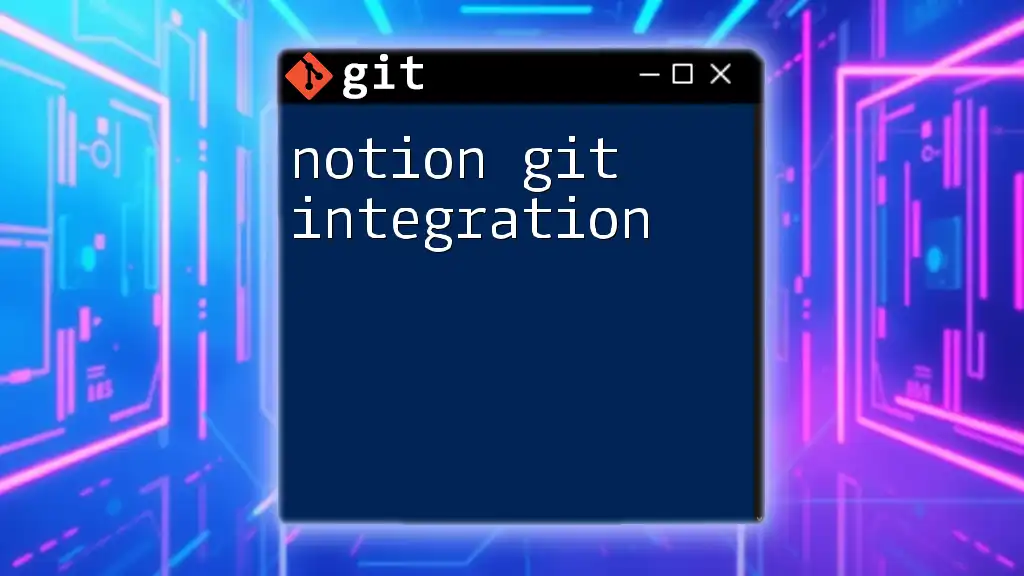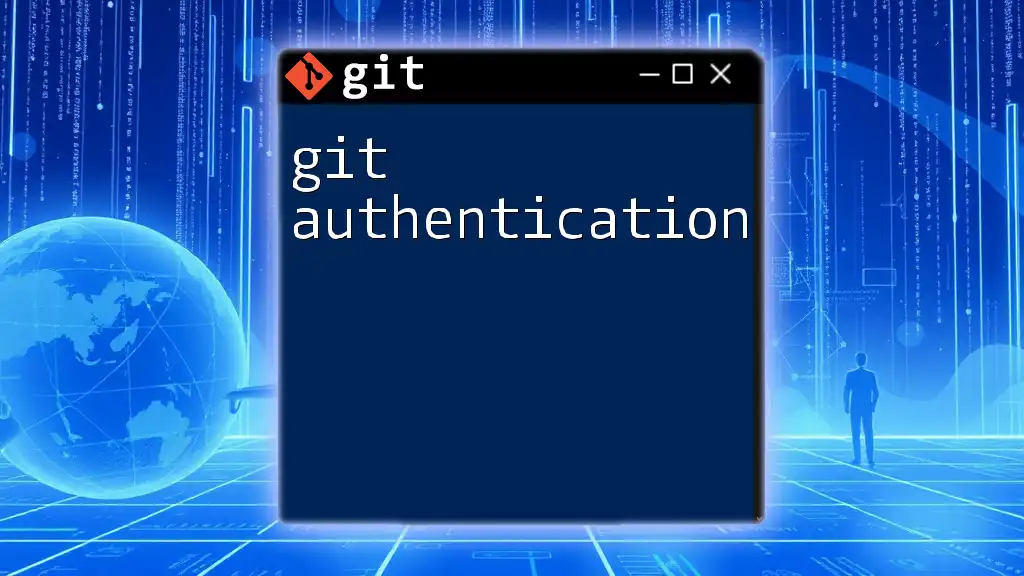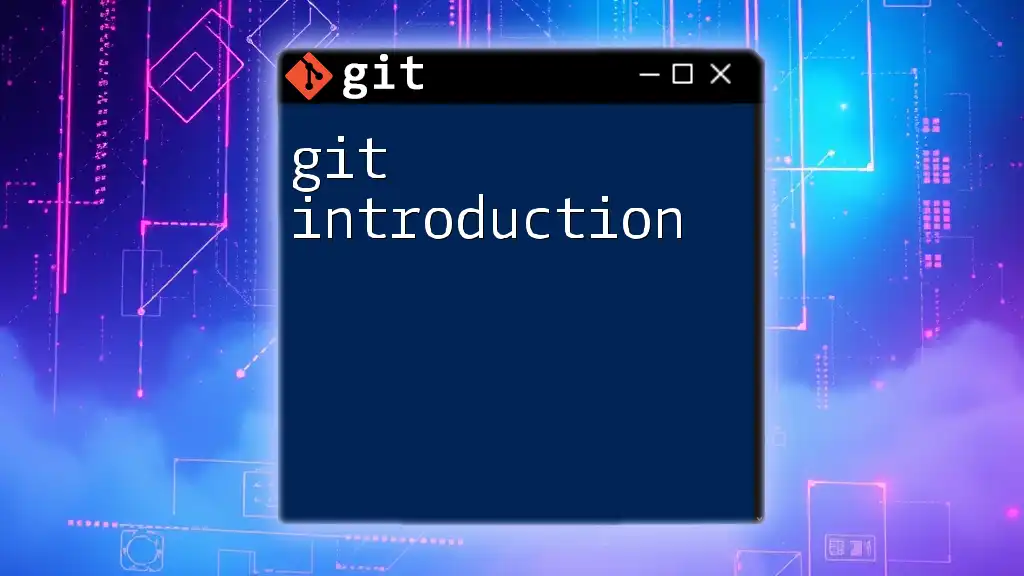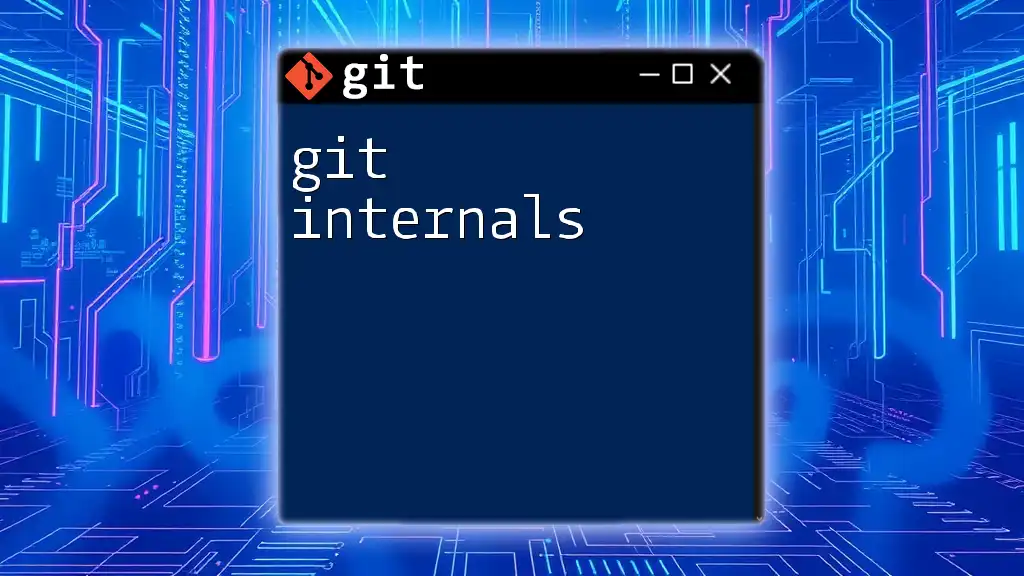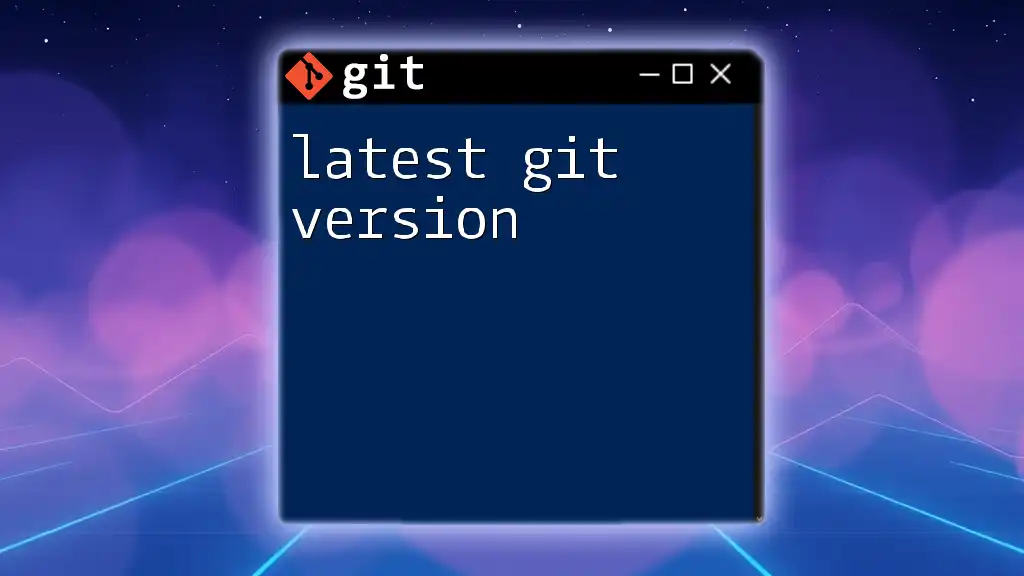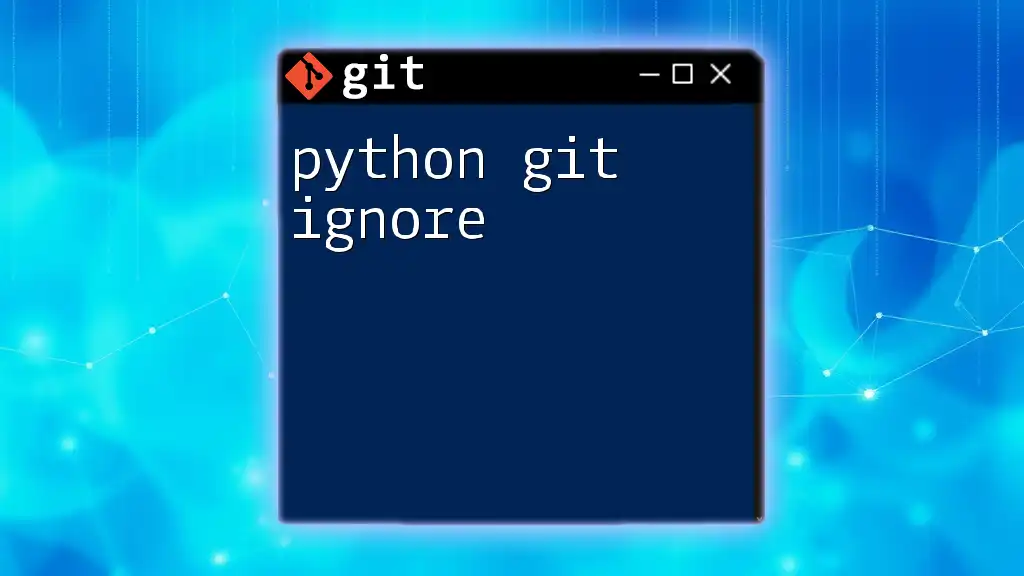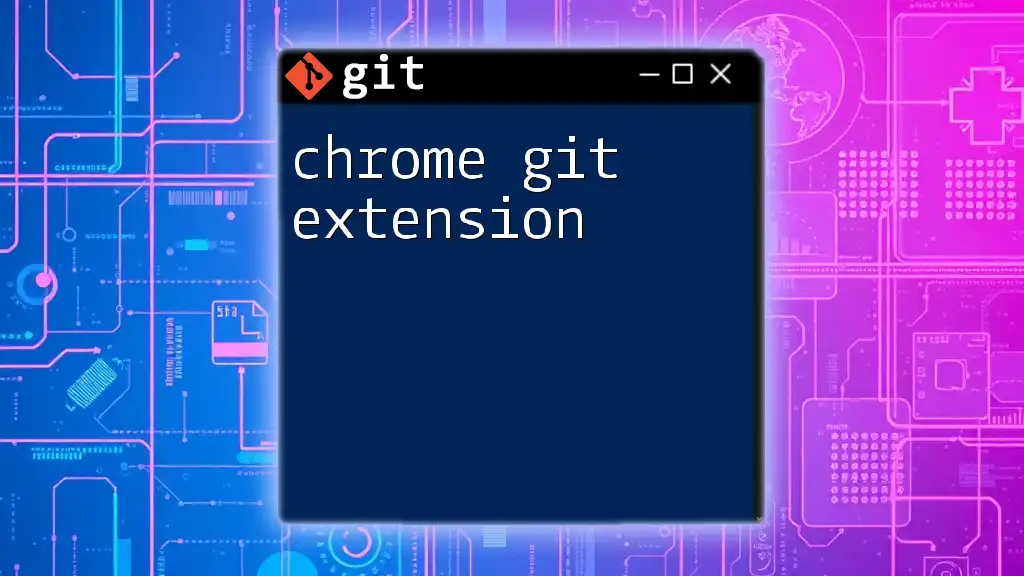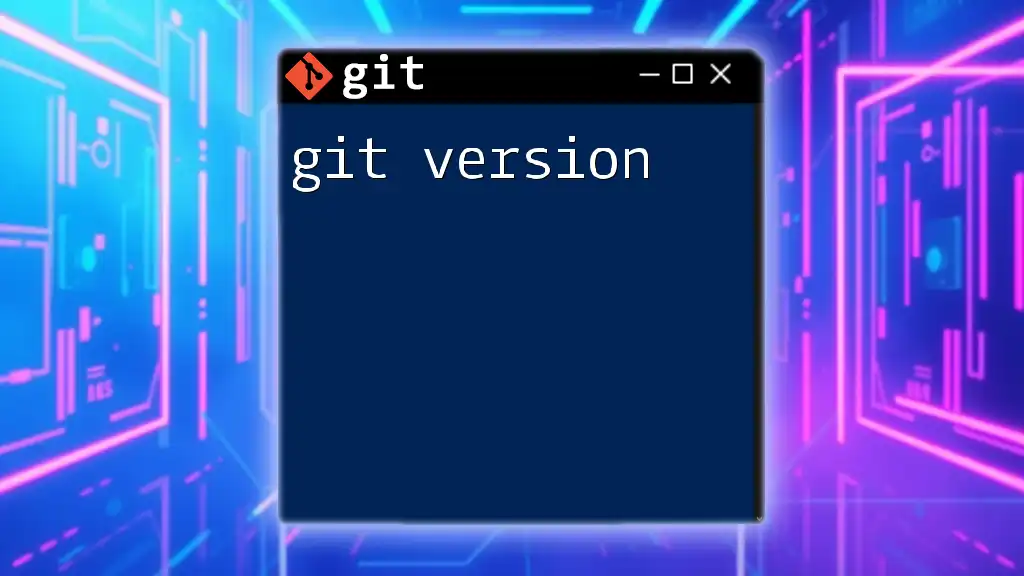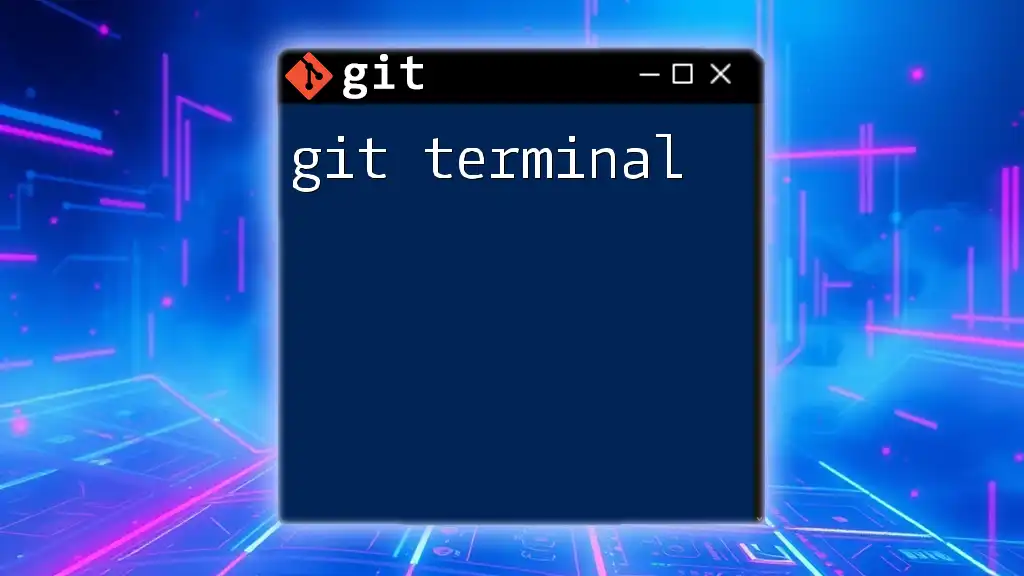Notion Git integration allows users to manage version control of documents and collaborate more effectively by linking Git repositories directly within Notion pages.
Here's a simple command to clone a Git repository that could be referenced in a Notion page:
git clone https://github.com/username/repository.git
Why Integrate Notion with Git?
Enhanced Collaboration
Integrating Notion with Git enhances collaboration by allowing teams to seamlessly align their documentation with their code changes. This ensures that everyone is on the same page, reducing miscommunication and fostering a culture of transparency. For example, when a team member submits a pull request in Git, the associated documentation in Notion can be automatically updated to reflect this change, ensuring that all team members have access to the latest information.
Streamlined Workflow
Notion and Git integration allows for a more streamlined workflow by connecting project documentation directly with the version control system. When changes are made in Git, Notion can automatically reflect those updates, saving time and minimizing errors. For instance, a developer pushing code updates can trigger an action in Notion that updates the project status or notifies the team about the changes made. This continuous flow of information eliminates the need to manually update documentation, freeing up valuable time for development tasks.

Setting Up Notion Git Integration
Prerequisites
Before you dive into the integration, it's important to have a foundational understanding of both Notion and Git. Make sure you are familiar with basic Git commands, as well as the structure and functionality of Notion. You may also need APIs or other tools depending on your integration approach.
Step-by-Step Integration Process
Creating a Notion Database for Git Projects
Creating a dedicated Notion database for your Git projects is the first key step. This database will serve as the central hub for tracking project milestones, issues, and documentation.
To set up your database, follow these steps:
- Open your Notion workspace.
- Click on "Add a new page."
- Select "Database" and choose the type you prefer: Table, List, or Kanban.
- Define the properties you need, such as Title, Status, Assigned To, and Git Link.
Example Structure for Your Database:
- Title: Feature or Issue Title
- Status: To Do, In Progress, Done
- Assigned To: Team member responsible
- Git Link: Link to the related Git commit or pull request
Connecting Notion to Your Git Repository
Next, you'll need to connect your Notion workspace to your Git repository. This can be done through integrations available in tools like Zapier or by using the Notion API.
To connect Notion and your Git repository, set up the API or choose an integration tool. This process generally involves:
- Generating an API token in Notion.
- Linking that token to your Git service (like GitHub or GitLab).
- Ensuring proper authentication and permissions are configured.
Using a Third-Party Application
Overview of Integration Tools
Several third-party applications can facilitate the integration of Notion and Git, making the process easier and more intuitive. Tools like Zapier provide a user-friendly interface for creating automated workflows without needing to code.
Pros and Cons of Using Third-Party Tools:
- Pros: Easy to use, no coding required, quick setup.
- Cons: May have limitations on functionality, potential ongoing costs, and reliance on a third-party service.
Example of Integration with Zapier
Here's how you might set up a Zap to automatically create a new Notion entry whenever a commit is made in GitHub:
- Trigger: Use GitHub as the trigger app and select "New Commit" as the event.
- Action: Set Notion as the action app and choose "Create Database Item."
# Example Zap Configuration
trigger:
type: GitHub
event: Commit
action:
type: Notion
event: Create Database Item
data:
title: '{{commit.message}}'
link: '{{commit.url}}'
This Zap configuration creates a new entry in your Notion database each time a commit is made in Git, ensuring that all your project activities are documented.
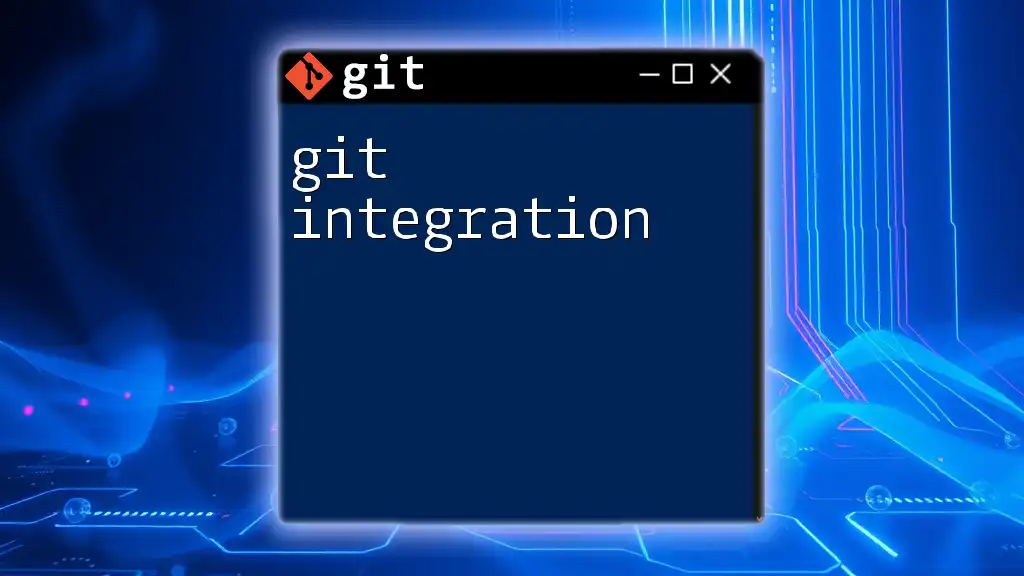
Utilizing Notion for Project Management with Git
Tracking Issues and Changes
One of the core benefits of Notion and Git integration is the ability to track project issues and changes in real-time. Creating a dedicated "Issues" section within your Notion database helps in managing bugs and feature requests effectively. This section can include columns for Issue Title, Description, Status, and Linked Git Branch.
Example Layout for Issues Management:
- Issue Title: Describe the issue briefly.
- Description: Detailed explanation of the problem or feature.
- Status: Is it open, resolved, or in progress?
- Git Branch: Provide direct links to branches where the issue is addressed.
Documenting Your Git Flow
Setting Up a Git Workflow Template in Notion
To maintain clarity in your project documentation, you can create a Git workflow template in Notion. This template can outline the steps for developers, from code creation through to deployment, enabling new team members to get up to speed quickly. Structuring this document can be achieved by:
- Clearly outlining each Git command used in your workflow.
- Including links to related Notion pages or external resources.
- Adding visual elements like flowcharts to represent the process.
Workflow Template Sample Structure:
- Branching Strategy: Main, Development, etc.
- Merge Process: Detailed steps and protocols for merging code.
- Deployment Steps: How to deploy the code post-merging.
Version Control within Notion
Linking Git Commits to Notion
Manually or automatically linking your Git commits to Notion entries makes tracking changes easier. You can use Notion's markdown capabilities to create links that reference specific commits. This helps provide context on when changes were made directly in your documentation.
For instance, you could have a commit log in Notion that looks like this:
<InternalLink slug="snowflake-git-integration" title="Snowflake Git Integration: A Quick Start Guide" featuredImg="/images/posts/s/snowflake-git-integration.webp" />
## Recent Commits
- [Commit Message](https://github.com/username/repo/commit/123456) - Updated user authentication logic
- [Commit Message](https://github.com/username/repo/commit/789012) - Fixed bug in payment processing
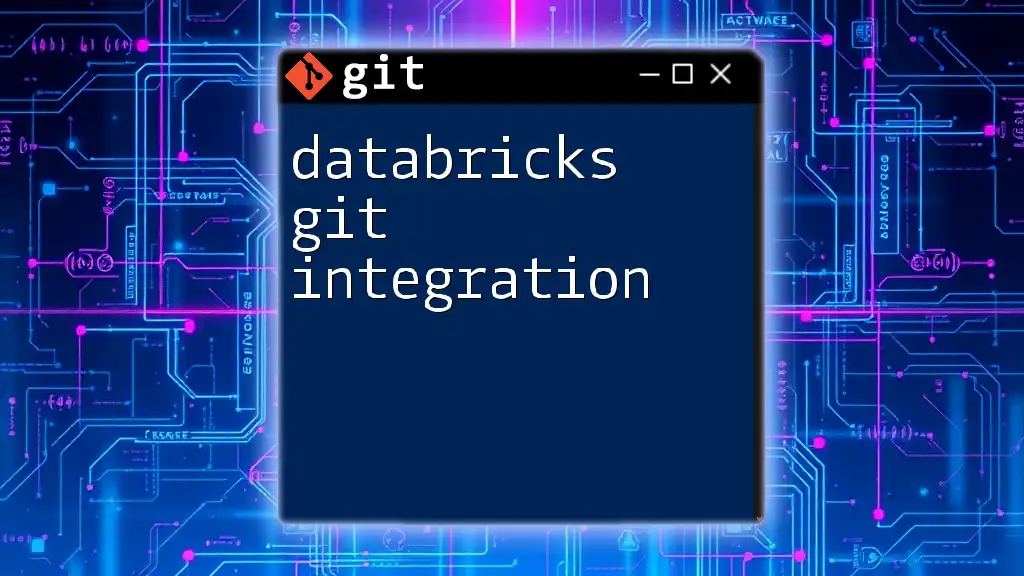
Best Practices
Organizing Your Notion Workspace
Maintaining a clean and organized Notion workspace can significantly enhance productivity. Use tags and categories effectively to categorize your projects, making it easier for team members to find relevant information swiftly.
- Tags: Create consistent tags for different project stages, such as "In Progress" and "Completed."
- Mentions: Use the @mention feature to notify team members directly in documentation.
- Timelines: Implement a timeline view to visualize the progression of your project over time.
Keeping Documentation Updated
Regularly updating your documentation ensures that your team members always have the most current information. Set a routine for revisiting documentation after each major code change or project milestone. Encourage your team to treat documentation as part of the coding process, fostering a culture where everyone contributes to keeping information current.
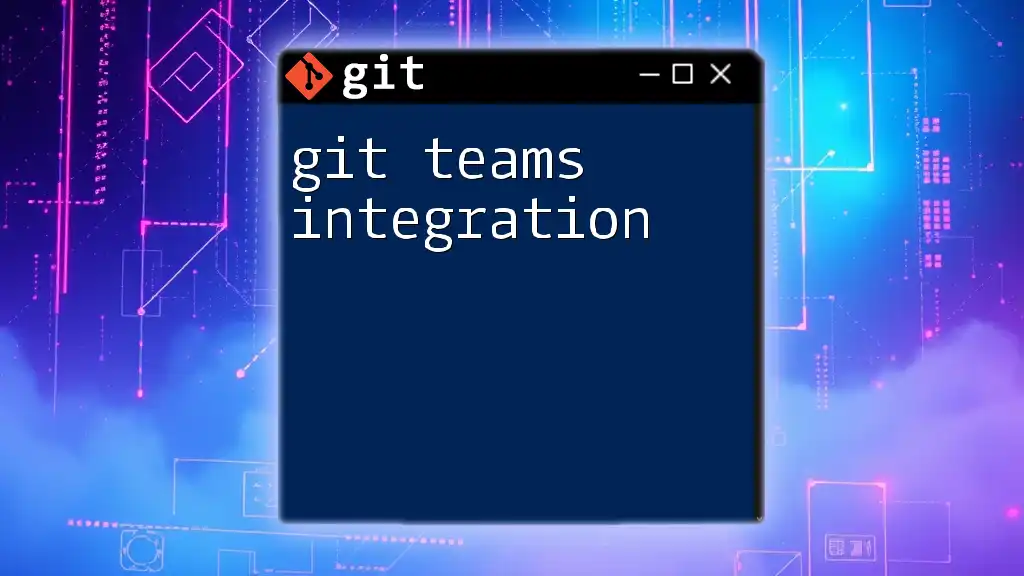
Troubleshooting Common Issues
Connection Problems
Identifying common connection issues between Notion and Git can save your team time. Often, these occur due to misconfigured permissions or outdated API tokens.
Tips for resolving connection problems:
- Double-check API tokens for accuracy and permissions.
- Ensure that your Git and Notion accounts are properly linked.
- Revisit integration settings in third-party tools like Zapier for any errors.
Data Sync Challenges
At times, you may encounter syncing challenges between Notion and Git. This can manifest as missing updates or delays in data reflection.
Common solutions include:
- Regularly check the settings of any automated integration tools.
- Look for any logs or error messages that might explain syncing issues.
- Consider manually updating records in Notion if automation fails temporarily.

Conclusion
Integrating Notion with Git offers numerous benefits, improving team collaboration and streamlining project workflows. By using Notion for tracking changes, management, and documentation—all linked directly with Git—you can create a robust system that enhances productivity and reduces friction among team members. Start implementing this integration today to reap the rewards of a more organized and transparent development process.
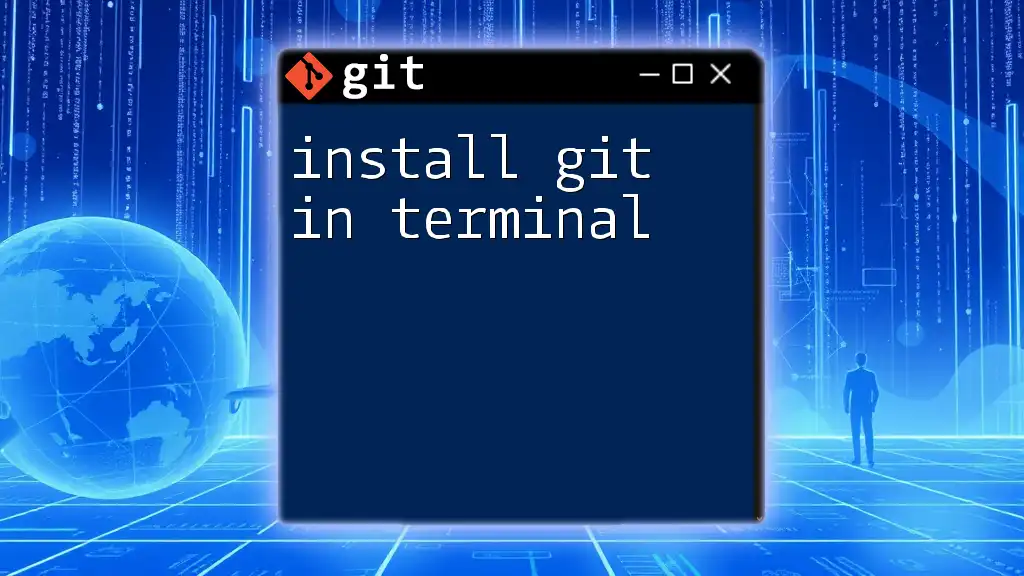
Additional Resources
Links to Documentation and Tutorials
For further reading, consult the official documentation for both Notion and Git. Additionally, explore community tutorials that delve deeper into specific workflows and integration techniques.
Community and Support Channels
If you encounter challenges or have questions about the integration process, consider engaging with user communities on platforms like GitHub, Reddit, or specific forums related to Notion and Git. These communities can offer invaluable support and insights from fellow users.

